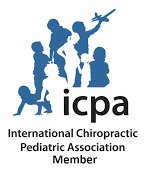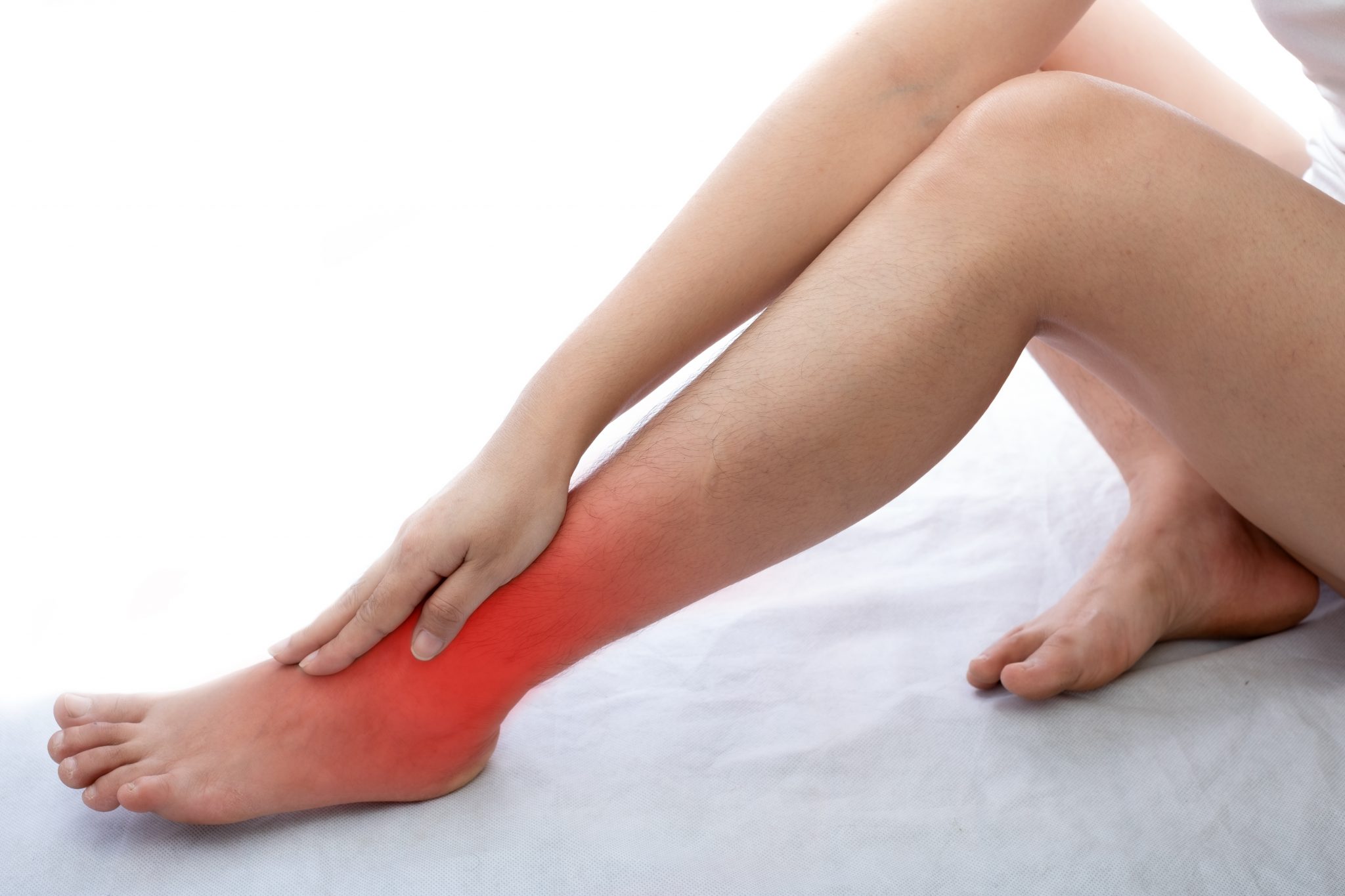Upper back pain has become a major problem in recent years.
More people than ever have started working from home at questionable desk setups. Others have ventured into the gym for the first time without guidance and have begun exercising in inappropriate ways. As a result, painful musculoskeletal conditions have increased significantly. This has led many people to avoid participating in activities they love, simply because their back pain is too limiting.
Fortunately, chiropractic care can effectively treat most cases of back pain so that you can resume your activities without missing a beat!
Basic Anatomy of the Back
Like all areas of the body, the back is much more complicated than one may initially assume.
At the deeper levels of the upper back, we find the vertebral column and ribs. These important structures provide an attachment point for many of our muscles. Additionally, they allow our torsos to move in various directions while reaching, rotating, and performing various other motions.
Moving outward (or superficially, in anatomy-speak) we next find multiple layers of muscle and fascia. These thick, strong muscles support our shoulder blades. Among other important functions, they also provide us with stability when we perform arm movements.
Lying atop all of these structures is the skin. The covering that encases nearly the entirety of our bodies!
With that short review, one can see how an issue with any of these interconnected structures could lead to severe pain and dysfunction.
Major Causes of Upper Back Pain
With any kind of dysfunction or pain pertaining to the body, it’s always critical that we define the cause first. While there are many different issues that can lead to pain in the back, the following are some of the most common.
Pulled Muscles
In the previous section of this article, we briefly touched on the many muscles found throughout the upper back. When too much stress is placed on one or more of these muscles, debilitating pain is often the result.
Technically, a “pulled” muscle is referred to as a strain. Strains are typically graded on a scale of 1-3 (or I-III).
Grade I strains are minor injuries that usually completely resolve with adequate rest. Grade II strains are more severe, but can also typically heal with extended rest and appropriate rehab techniques. Unfortunately, without surgical intervention, patients are unable to recover from grade III strains. These are injuries in which the muscle/tendon ruptures completely from the bone.
When a muscle is pulled in the back, it’s important to receive prompt evaluation and treatment to decrease the chances of developing a chronic issue.
Postural Issues
When it comes to the upper back, one of the most common postural issues is a condition known as FHP (Forward Head Posture).
Forward Head Posture is extremely prevalent amongst office workers and students. Constant sitting and reading/typing on a computer generally leads to the rounded shoulders and protracted chin seen in FHP.
FHP can cause pain and dysfunction in many different areas of the upper body such as the neck, shoulders, and upper back.
Subluxated Vertebrae
Upper back pain can often result from spinal misalignment. If one or more vertebrae are subluxated, patients may have great difficulty finding relief through self-treatment. In fact, chiropractic manipulations are one of the only ways to correct this issue.
For cases of upper back pain caused by subluxated vertebrae, your chiropractor will first need to diagnose the issue through imaging and/or physical examination. Once she has done so, she can select the perfect treatments to get you back in action quickly.
If you have upper back pain or are experiencing pain anywhere else, come see us at Keystone Chiropractic. We are the best chiropractic office in Plano, TX, and we would love to help you today. Book your appointment now!





